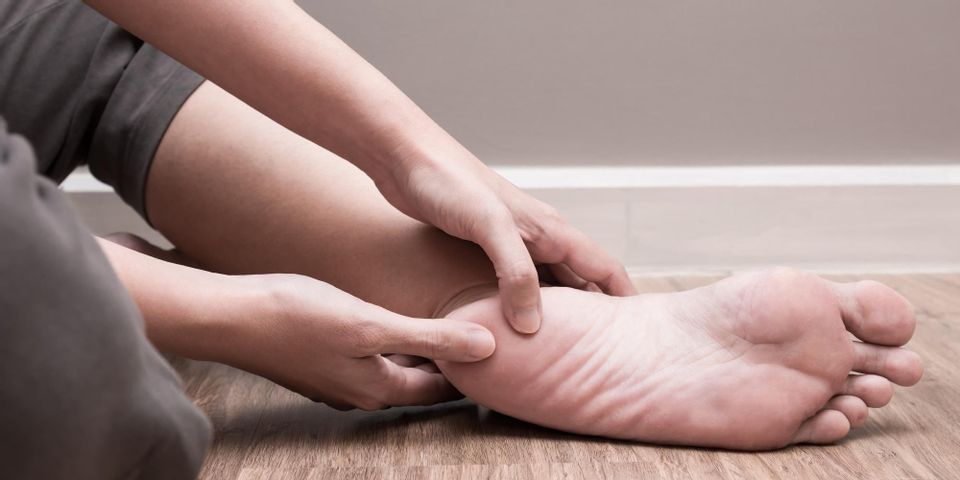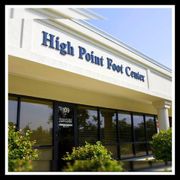
If you have heel pain, one of the possible causes could be heel spurs. This condition can worsen over time without treatment, so it’s important to recognize it and take action right away. Here’s what you need to know to protect your foot health.
A Basic Guide to Heel Spurs
What are they?
Heel spurs are small growths on the bones of your foot. They form from calcium deposits, which usually build up slowly over time. The growths can end up sharp and hook-shaped, which then leads to irritation of the surrounding tissue.
What are the symptoms?
 The most common symptom of heel spurs is discomfort that can range from a dull ache to sharp pain. It’s often worse after exercise, but it can also be noticeably more severe after a long rest or when you first get up in the morning. Additionally, the area may be swollen and sensitive, and you may be able to see or feel the protrusions of severe spurs. It can even accompany issues, such as inflammation, arthritis, and tendonitis.
The most common symptom of heel spurs is discomfort that can range from a dull ache to sharp pain. It’s often worse after exercise, but it can also be noticeably more severe after a long rest or when you first get up in the morning. Additionally, the area may be swollen and sensitive, and you may be able to see or feel the protrusions of severe spurs. It can even accompany issues, such as inflammation, arthritis, and tendonitis.
What are the causes?
Wear and tear, caused by factors such as standing for long periods, running on hard surfaces, or being overweight, puts excess strain on the heels and makes bone spurs more likely. The foot's shape is also a factor, as both highly arched feet and very flat feet are vulnerable. Finally, you can increase your chance of bone spurs by wearing poorly fitting shoes.
How can I treat it?
You can treat mild heel spurs by wearing shoe inserts that reduce strain on the area. Some medications, including direct injections, can also relieve inflammation and pain. Additionally, night splints help keep the feet in a position that won't irritate the soft tissue so you don't wake up sore. Finally, if your bone spurs are severe, they can be removed surgically.
If you think you may have heel spurs, visit High Point Foot Center in North Carolina. For over 15 years, their podiatrist, Dr. Kevin Henry, has provided friendly treatment for a range of foot issues. Call (336) 882-2070 to make an appointment today, or visit their website to learn more about the conditions they can help with.
About the Business
Have a question? Ask the experts!
Send your question

